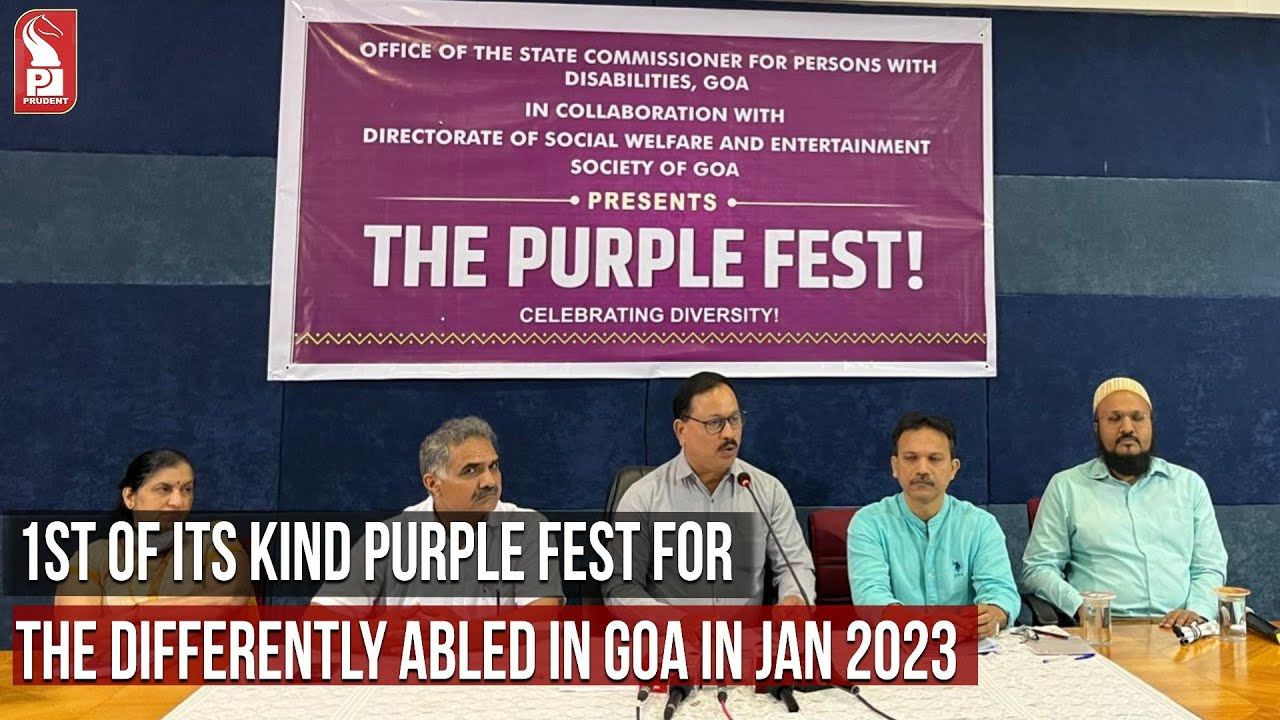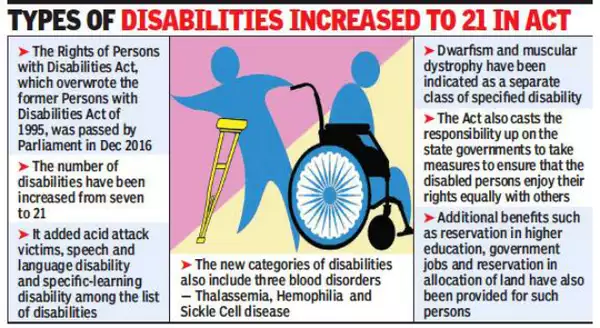Free Courses Sale ends Soon, Get It Now


Free Courses Sale ends Soon, Get It Now



Copyright infringement not intended
About
Rights of Persons with Disabilities Act, 2016

In 2015, the Union Government launched the Accessible India Campaign (AIC), also known as Sugamya Bharat Abhiyan, under the Department of Empowerment of Persons with Disabilities (Divyangjan), Ministry of Social Justice & Empowerment.
.jpeg)
https://pib.gov.in/PressReleseDetail.aspx?PRID=1888942
© 2024 iasgyan. All right reserved